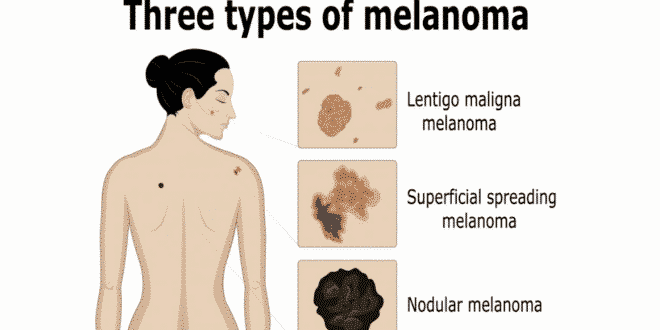Although skin cancer does not take as many lives, it is something to be concerned about. Research shows that skin cancer can also put you at risk of developing other forms of cancer. This is something we should all pay attention to as skin cancer is the most common type of cancer.
As an individual, it should be one’s sole responsibility to visit a dermatologist and get your skin checked if you have any kind of spots and allergies visible. Sun Doctors cancer checks are one of those who provide such check-ups in order to bring awareness and all a part of protecting yourself against the different types of skin cancers.
More Non-Melanoma Skin Cancers
Doctors, dermatologists and cancer associations warn people to remain vigilant of all types of skin cancer. People with skin cancer history should be extremely aware of any changes in their skin and should get regular checkups.
Use Skin Protection
The basic guidelines for skin protection remain the same. Wear sunscreen, avoid getting too much sun, wear protective clothing. These are recommendations offered by doctors and skin cancer prevention associations. However, if you have a history of having skin cancer, or if there is a family history of this type of cancer, doing the above may not be enough.
People who have had prior bouts of skin cancer or who have had someone in the family with the problem often ignore the dangers of sun exposure. Studies of people diagnosed with skin cancer show that the only spent time applying extra sunscreen during the first year following the diagnosis. After that, they often forgot to protect their skin from the sun.
Skin Cancer Can Be Cured
When treated promptly, both squamous cell carcinomas and basal cell carcinomas are curable forms of cancer. However, once you are diagnosed and treated for basal cell carcinoma, the risk of recurrence increases by 40%. By the same token, Squamous cell cancers can also return within a few years of surgical removal.
Besides, presenting a higher risk of reappearing, you also have a higher risk of developing melanoma, a skin cancer with a higher fatality rate. And if that is not enough, studies also show that once you have a skin cancer episode, you are at a higher risk of developing other types of cancer such as breast, lung or prostate cancer.
Keeping a watchful eye is critical to staying healthy. Once you have an incident you should never stop getting checkups and remaining vigilant for additional instances. Regular checkups can save your life. Once you are healed, you cannot ignore the risks. If cancer has found your skin, you present a high risk of developing it again.
To protect your skin always use sunscreen and wear protective clothing. Visit your dermatologist or doctor every 6 to 12 months. Remain vigilant and look for signs of possible skin cancer.
This cancer develops on skin that is regularly exposed to the sun. It especially appears on the neck, head and face. This appears as a mole or irregular bump. It can appear smooth and pearly and may even look waxy. It appears as a firm, red lump and can be sunken in the middle. It may also be a pearly brown or black lump if you have darker skin. It can feel scabby or develop a crust and bleed sometimes. It may even appear to heal but never completely so.
These cancer cells usually occur in skin areas damaged by sun exposure. They are mainly found on the face, neck, arms, legs, scalps and backs of hands. SSCs look scaly and have a hard or crusty scab. They can look pink or red and make a raised area of the skin. They can bleed and even feel tender to touch.
If any of these symptoms appear, do not hesitate, visit your doctor or dermatologist to get further testing done. Otherwise, keep safe by avoiding sun exposure and using a good sunscreen and protective clothing when going outdoors.
Liked this article? Share it to say “thanks!” Your support is much appreciated!








1 Comment
Pingback: Mitigate the fear of skin cancer from the minds of people - Healthy Lifestyle